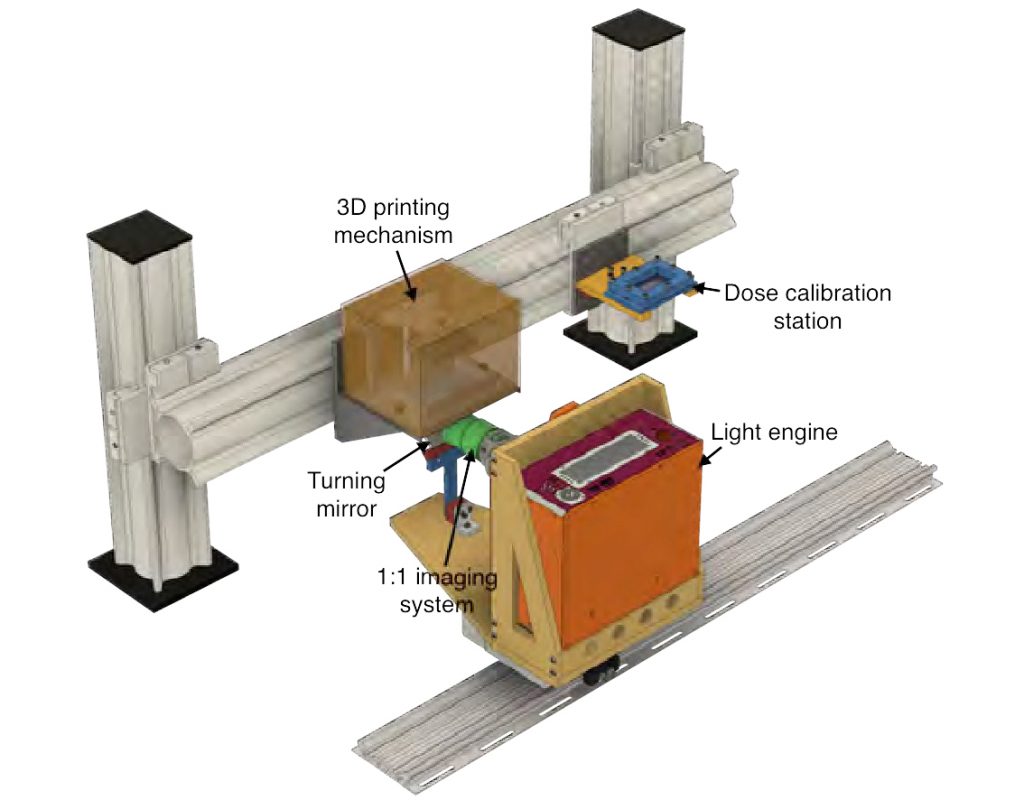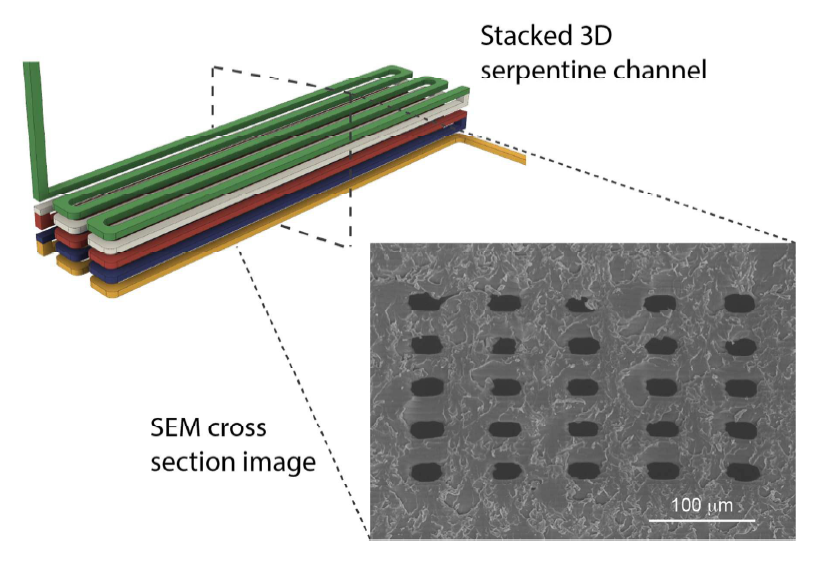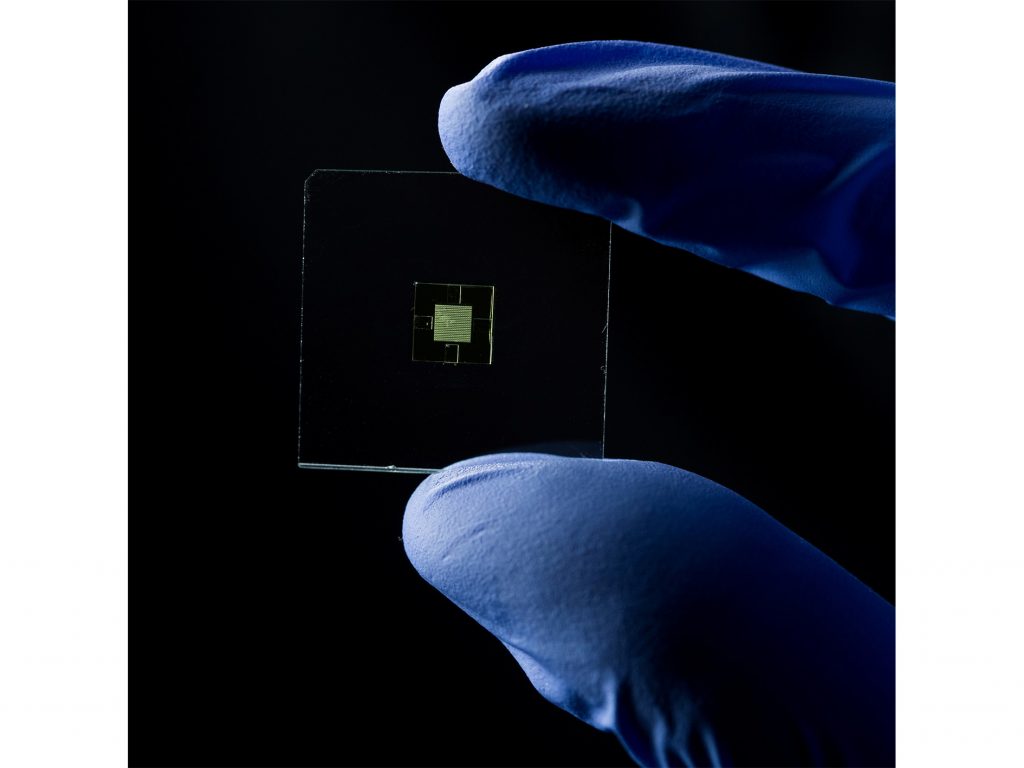Researchers at Brigham Young University (BYU), Utah, are “deliberately trying to start a revolution” in the way chemical testing devices are made.
Using a custom built 3D printer, scientists Hua Gong, Bryce Bickham, Adam Woolley and Gregory Nordin, have 3D printed a microfluidic chip at a resolution previously unseen in the industry.
The method is poised to crack-open a mode of research that has remained relatively unexplored due to the cost of lab-on-a-chip fabrication.
A revolution in the making
Gong, Bickham, Woolley and Nordin’s method uses a DLP-SLA 3D printer.

The custom-made machine is capable of 3D printing features as small as 18 μm × 20 μm, considered by the researchers to be a truly microfluidic scale.
“Others have 3D-printed fluidic channels,” says Nordin, “but they haven’t been able to make them small enough for microfluidics. […] We’re deliberately trying to start a revolution in how microfluidic devices are fabricated […] So we decided to make our own 3D printer and research a resin that could do it.”
The material world
One of the main challenges faced by the researchers was that the light source inside DLP-SLAs is not fine enough. In place of a typical 405 nm LED, the BYU 3D printer has a 385 nm LED.
Changing the light source dramatically increased the range of materials available to the DLP-SLA 3D printer. By researching these resins the team devised their own recipe for an appropriate material.
Millimeters in microns
Realising the capabilities of the 3D printer was completed by creating a 0.12 mm squared chip containing serpentine flow channels 41 mm long.

By adding stem cells to the chip’s channels and introducing blood flow the researchers could, for example, test how tissue behave in the heart’s arterioles. Typically 20 to 30 μm in diameter, these vessels are responsible for transferring blood to capillaries.
Considering Woolley’s expertise, the technology is likely to be used in detecting conditions in the body responsible for preterm/premature birth. Another microfluidic device developed by Woolley can predict these chances with up to 90 percent accuracy.
Challenging the industry
The serpentine design by the team takes around 30 minutes to print. As the devices are small, multiples can be 3D printed in the same job, making the method economically effective.

© BYU PHOTO 2017
A full paper on the methods discussed in the article can be viewed online in Lab on a Chip journal. Conclusions state that “3D printing is finally positioned to challenge the pre-eminence of methods such as soft lithography for microfluidic device prototyping and fabrication.”
To read all about the latest 3D printing related research, sign up to our newsletter, find us on Facebook and follow us on Twitter.
Sign up to our 3D printing jobs site.
Featured image: PhD student Hua Gong holds the BYU 3D printed microfluidic device. Photo by Jaren Wilkey/BYU. © BYU PHOTO 2017



